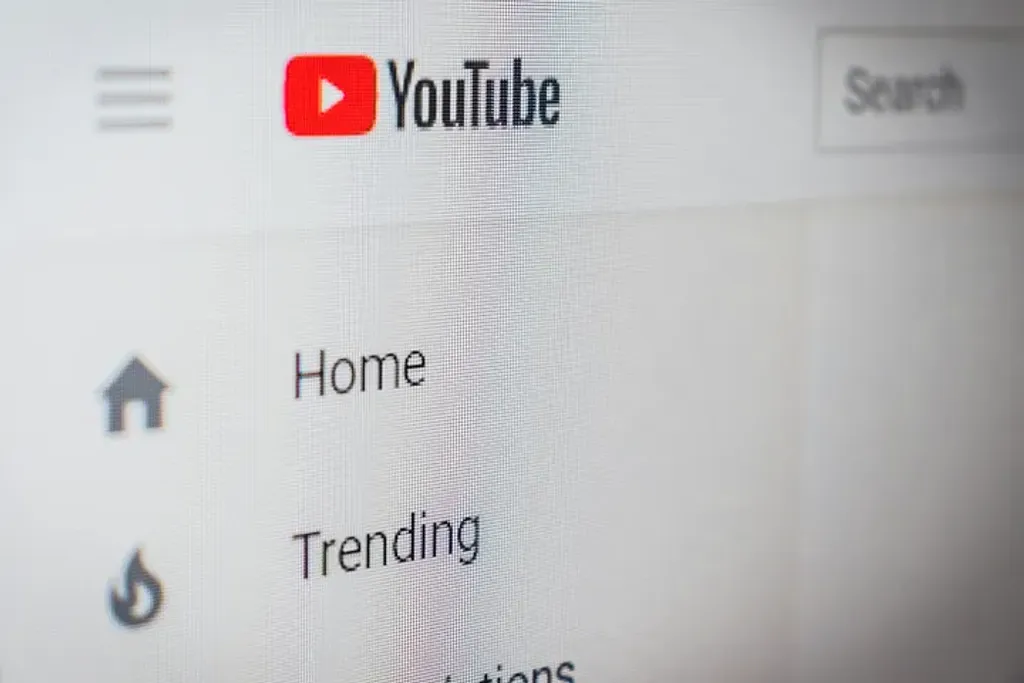In this tutorial, we’ll walk through the process of setting up a Node.js proxy API to download YouTube videos from a given URL and creating a front-end application to facilitate this. By the end of this tutorial, you will have a functioning application that can download videos from the web using a simple click of a button.
Table of contents
Open Table of contents
Setting Up the Backend with Node.js
First, let’s set up a Node.js server that will act as a proxy to fetch the video content. We’ll use the express and axios libraries to handle the requests.
Step 1: Install Required Packages
Ensure you have Node.js and npm installed. Then, create a new project directory and initialize it:
mkdir video-downloader
cd video-downloader
npm init -y
Install express and axios:
npm install express axios
Step 2: Create the Proxy API
Create a file named app.js and add the following code:
const express = require("express");
const axios = require("axios");
const app = express();
app.use("/api", routes);
app.get("/proxy", async (req, res) => {
const url = req.query.url;
if (!url) {
return res.status(400).send("URL is required");
}
try {
const response = await axios({
url,
method: "GET",
responseType: "stream",
});
res.setHeader("Content-Type", response.headers["content-type"]);
response.data.pipe(res);
} catch (error) {
console.error("Error fetching the video:", error.message);
if (error.response) {
console.error("Status code:", error.response.status);
console.error("Response data:", error.response.data);
}
res.status(500).send("Error fetching the video");
}
});
const PORT = process.env.PORT || 3000;
app.listen(PORT, () => {
console.log(`Server is running on port ${PORT}`);
});
This script sets up an Express server with a /proxy an endpoint that takes a url query parameter and stream the video content.
Step 3: Run the Server
Start the server with:
node app.js
Your backend server is now ready and running on port 3000.
Creating the Frontend with JavaScript
Next, we’ll create a simple frontend to call our proxy API and download the video.
Step 4: Create the HTML File
Create an index.html file with the following content:
<!doctype html>
<html lang="en">
<head>
<meta charset="UTF-8" />
<meta name="viewport" content="width=device-width, initial-scale=1.0" />
<title>YouTube Video Downloader</title>
</head>
<body>
<h1>Download Video</h1>
<button id="downloadButton">Download Video</button>
<script src="script.js"></script>
</body>
</html>
This HTML file contains a button that will trigger the video download.
Step 5: Create the JavaScript File
Create a script.js file with the following content:
document.getElementById("downloadButton").addEventListener("click", () => {
// Use your video URL here
// This URL you get it from 'https://www.npmjs.com/package/ytdl-core'
const videoUrl =
"https://rr1---sn-cvh7knzz.googlevideo.com/videoplayback?expire=1717857896&ei=CBpkZqy9B8KPvcAP8te-qAs&ip=43.205.198.216&id=o-AE1u7vrl_fwalRrI55IUHiAQqo8Y-N72Rk28pPiLJLwa&itag=18&source=youtube&requiressl=yes&xpc=EgVo2aDSNQ%3D%3D&mh=NV&mm=31%2C26&mn=sn-cvh7knzz%2Csn-h557sn6s&ms=au%2Conr&mv=m&mvi=1&pl=15&initcwndbps=910000&bui=AbKP-1P-e_nBdcMAZar5MPrcxpZbyRoNUnUbXebxGqMKm0eTHcXToJcAvl7Hp2b4zCz0GchEm7d9XzPV&spc=UWF9fwS45t3bwtD-bLX2LX0ZFDstratoy-luCKpUtj9ybPFahVoHZ-zzwiFe&vprv=1&svpuc=1&mime=video%2Fmp4&ns=hRGFZHqMdY6QYZ5GVqnTKrkQ&rqh=1&cnr=14&ratebypass=yes&dur=674.284&lmt=1696743550715883&mt=1717835841&fvip=2&c=WEB&sefc=1&txp=5318224&n=pYc5MbiHM840Rw&sparams=expire%2Cei%2Cip%2Cid%2Citag%2Csource%2Crequiressl%2Cxpc%2Cbui%2Cspc%2Cvprv%2Csvpuc%2Cmime%2Cns%2Crqh%2Ccnr%2Cratebypass%2Cdur%2Clmt&sig=AJfQdSswRgIhAKTnDywU9bBb35hZBEghdNqIJ2ovFdlq1R79Pb0VcDD3AiEAye92mziReCSGmIWkzAH8O9XJhmfh0HjLtJUjODXCwb4%3D&lsparams=mh%2Cmm%2Cmn%2Cms%2Cmv%2Cmvi%2Cpl%2Cinitcwndbps&lsig=AHlkHjAwRgIhAJG1veP4CqG24FUDtJyaB4hyuTVLyLlrr4qGRtvZpeI6AiEAkMM0lVE129cQjBHYIq738SQdD2uVD4Y_ZcJr5E1dDos%3D";
downloadVideo(videoUrl);
});
async function downloadVideo(url) {
try {
const response = await fetch(
`http://localhost:3000/proxy?url=${encodeURIComponent(url)}`
);
if (!response.ok) {
throw new Error("Network response was not ok");
}
const blob = await response.blob();
const downloadUrl = window.URL.createObjectURL(blob);
const a = document.createElement("a");
a.style.display = "none";
a.href = downloadUrl;
a.download = "video.mp4"; // Set the file name
document.body.appendChild(a);
a.click();
window.URL.revokeObjectURL(downloadUrl);
document.body.removeChild(a);
} catch (error) {
console.error("Error downloading the video:", error);
}
}
This JavaScript code listens for a button click, sends the video URL to the proxy API, and handles the video download.
Running the Application
- Ensure your backend server is running.
- Serve your HTML file. You can use a simple HTTP server, like
http-server, or integrate it with your Express server. - Open the HTML file in a browser.
- Click the “Download Video” button to download the YouTube video.
Conclusion
With these steps, you now have a fully functioning application that can download YouTube videos using a Node.js proxy API and JavaScript. This setup is useful for handling cross-origin requests and managing video downloads efficiently.
Feel free to expand this application further by adding more features or improving the user interface. Happy coding!
Enjoyed the read? If you found this article insightful or helpful, consider supporting my work by buying me a coffee. Your contribution helps fuel more content like this. Click here to treat me to a virtual coffee. Cheers!
